I’m back to listening to podcasts! I don’t know why it goes in such waves, but here we go with some recommendations from what I listened to in the last two days (for more of my favourite podcasts, check out the tag)


I’m back to listening to podcasts! I don’t know why it goes in such waves, but here we go with some recommendations from what I listened to in the last two days (for more of my favourite podcasts, check out the tag)

I have previously summarised the first part of the book “Competences in Education for Sustainable Development. Critical Perspectives” by Vare, Lausselet, & Rieckmann (2022), and here are some take-aways from part two & three.
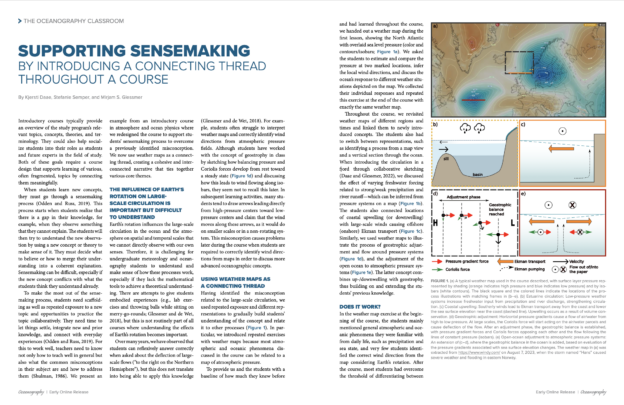
Rotating fluid dynamics are super cool on the one hand (just look at my collection of DIYnamics rotating experiments, or our time on the 13m-diameter-tank-on-a-merry-go-round in Grenoble), but also super difficult to teach. I’ve tried different things with Pierre (with a super easy introduction to rotation in labs that we taught) and Kjersti and Elin (using student guides to help students in their first exposure to the topic, but also to give the guides a chance to repeat and deepen their understanding). And I think on the lab front of things, we’ve made progress. But what about introductory courses where there are no labs involved, and rotation is still happening on spacial scales that are hard to imagine and even harder to directly observe, where the maths is still too difficult to make sense of for most, and yet where the influence of rotation needs to be understood anyway? Recently, Kjersti, Steffi, and I came up with a plan for how to connect all the topics in an introductory course to each other and to rotation, using a weather map as the connecting thread. Our article on this has just been published, check it out!
Daae, K., S. Semper, and M.S. Glessmer. 2024. Supporting sensemaking by introducing a connecting thread throughout a course. Oceanography, https://doi.org/10.5670/oceanog.2024.604.
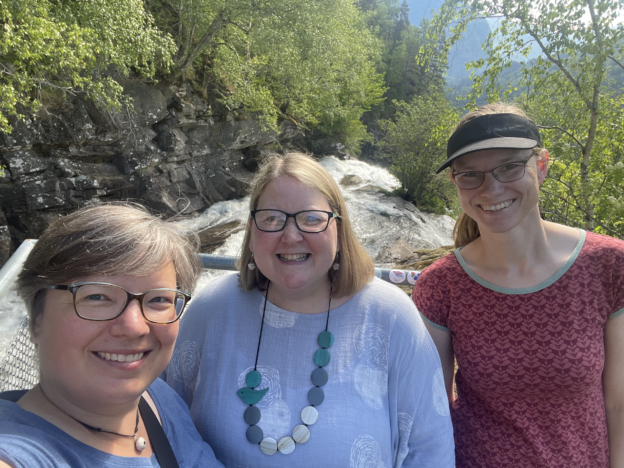
New article published! “Adapting a Teaching Method to Fit Purpose and Context” (Glessmer, Bovill & Daae; 2024), based on this blogpost, but a little more thought through and polished with Cathy and Kjersti in beautiful Voss! Check it out here, and enjoy!
M. S. Glessmer, C. Bovill, and K. Daae (2024). Adapting a teaching method to fit purpose and context. Oceanography, https://doi.org/10.5670/oceanog.2024.603.

When I recently summarized an article that claimed that Large Language Models (LLM) are “bullshit”, I got a lot of strong reactions offline and online about that term, and a comment recommending the article “Beware of botshit: how to manage the epistemic risks of generative chatbots” (Thanks, Ian!). In that article, Hannigan, McCarthy and Spicer (2024) suggest using the term “botshit” to describe what can happen when users uncritically use the output of LLMs, and I spent the better part of a Baltic Sea crossing today enjoying that article.

I have written about playing with GAI for certain purposes, most recently to “discuss” the development of a workshop when I had no person to discuss it with. But this article has given me new language (not just the “bullshit” word*, just keep reading) to talk about a highly problematic aspect of GAI.

Continuing my mission of “I am reading it so you don’t have to” on a new book: Competences in Education for Sustainable Development. Critical Perspectives by Vare, Lausselet, & Rieckmann (2022). This is my summary of their Part I, and I was really positively surprised by how much I enjoyed reading the book so far, especially the critical perspectives! And very much worth reading in the original, not just my super brief and very biassed summary!
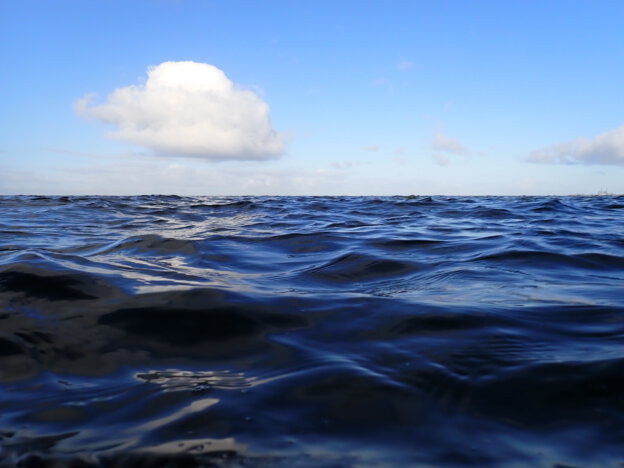
Teaching about sustainability is teaching about a (or many) wicked problem(s), and that is a challenge for teachers for many reasons. We need to, for example, teach how to work with wicked problems in general (although there is some helpful literature out there that we can start from). But when doing this, we need to drastically reconsider the traditional idea of the teacher being “the expert” (also one aspect in the “spiral of silence“). In a topic where there is no one right answer, being the expert is not possible in the traditional sense, so we need to figure out how to deal with that. How do we integrate it with who we think we are as academics, and how do we negotiate who we are with academic colleagues and all the other people in different contexts, with different agendas and values and ways of knowing etc?
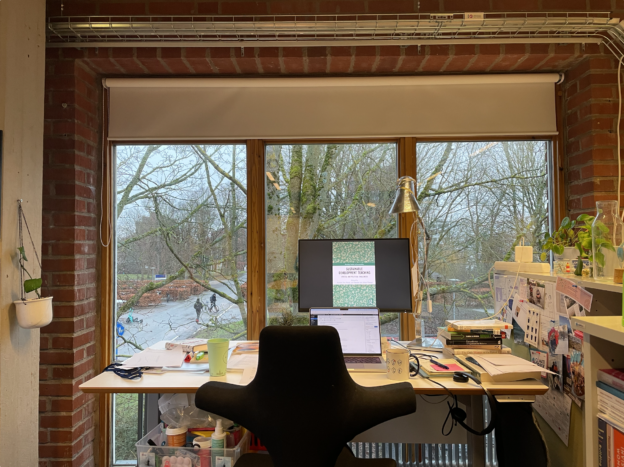
I really really really recommend that you read this book, but if you are short on time, check out my summary posts (part I, IIA, IIB, IIIA, IIIB) or the blogpost below for a super boiled-down summary of my takeaways from the whole book. I really enjoyed reading this book, especially because of its focus on “ethical and political challenges”, which I felt completely unprepared to address before, and now feel I have a much better idea of how to tackle; and also understanding what the authors mean by it makes it all a lot less daunting. So here are the main points for me:
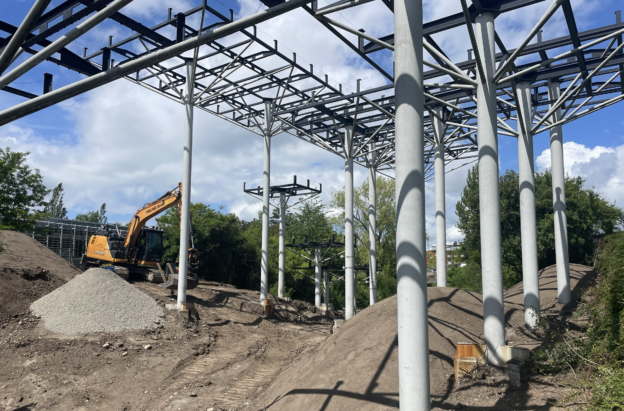
Last night I watched a lecture by Dougald Hine. It is part of an online course on Higher Education Didactics for Sustainability that I did not take myself, but that I have been at the fringes off for a while now, looking at the public parts of the course on their learning management system, and reading through their literature list, and talking with participants and facilitators. This lecture was the opening lecture to set the scene, and it was so good that I am now wondering how to implement it in basically all teaching relating to sustainability that I’ll do in the future. Here is a summary of the main points I am taking away from watching it.